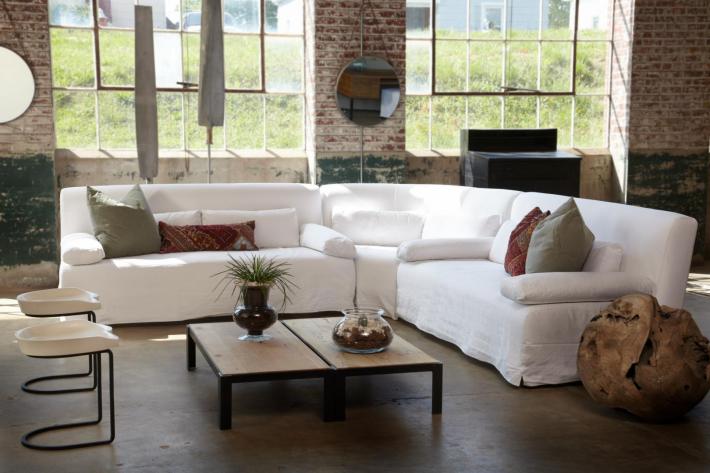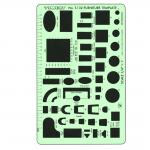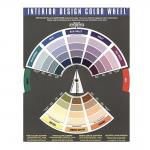
Submitted by furniche
What to look for when you are looking for an environmentally safe piece of furniture.
The Truth & Nothing but the Truth! There may be links or ads on our site that pay us a commisson if you "click" and purchase something... Thanks! (it helps us keep the lights on! ) Now you may keep on reading!
By Susan Inglis, Executive Director, Sustainable Furnishings Council
The Sustainable Furnishings Council is committed to sustaining a healthy environment both inside and outside the home.

Though individual member companies’ commitments are unique and individualized, we all share an interest in reducing the quantity of toxic and hazardous chemicals that are required to produce our products. You probably do, too. Here is some guidance on what you can look for.
One of the questions we are asked most frequently is, “What is sustainable furniture, anyway?” Though the term “sustainable” is unregulated, there is a definition we gravitate towards – developed by the Bruntland Commission of the United Nations in 1983 – “Sustainability involves meeting the needs of the present without compromising the ability of future generations to meet their own needs.”
In our industry that means reducing energy consumption, reducing pollution in our waste streams, conserving natural resources, and watching out for our workforces and our communities. It is top-of-mind for many of us that the preponderance of chemical inputs in our environment hampers our effectiveness. Some of the toxic inputs we have to use in making furnishings have been required by law in certain states; some of them make our production processes more efficient; some of them enhance the performance and durability of our furnishings. But we would all prefer to achieve these end results without poisoning our environments, inside and outside.
Failure to plan is the most common furniture mistake. Be sure to check out the wide selection of furniture space planners, color wheels and furniture templates available from Furniche.com
Knowing that convenience is the main driver for most of us as we shop, we offer a few tips to help you know what to look for, and to help you understand what difference it makes.
•Buy as local as possible. Domestic manufacture (research domestic manufacturers here)is significant not only because it ensures a smaller transportation footprint and so reduced CO2 emissions, but also because we have pretty good laws for controlling other air and water pollution, and for workers rights laws in the US, and pretty good compliance. In addition, of course, you are also supporting your local economy. Find furniture stores in your area that buy locally.
•Learn where the wood comes from. Forest Stewardship Council certification is assurance that the wood comes from well-managed forests, and that the people involved in managing the forest, in harvesting the wood, and in milling the lumber are treated fairly. It is also assurance that the wood was grown and harvested without harmful chemical inputs. Caring for our forests is especially important because we all depend on them to absorb carbon dioxide emissions and filter water, as well as for the range of useful forest products.
•Choose natural fibers. Natural fabrics often require fewer chemical inputs in production than synthetic fabrics, and many natural fiber fabrics are inherently fire resistant. Fabrics that are made of organically grown fibers are a good choice because organic cultivation saves the use of large quantities of toxic inputs from fertilizers, herbicides, pesticides, etc. Low-impact dyes reduce the environmental impact of leather and fabric production. OekoTex and GOTS certifications are effective assurance that a fabric has been produced without toxic waste pollution.
•Avoid polyurethane foam. Non-foam cushioning avoids the toxic chemical flame retardants required by California’s TB 117 (though no longer required by CA TB 117-2013.) Latex foam is inherently much less toxic than polyurethane foam. Latex (or other) foam wrapped in wool is flame retardant.
•Look for no-VOC finishes. Water-based finishes do not necessitate highly toxic solvents like benzene. Greenguard certification is effective assurance that the product does not off-gas problematic levels of formaldehyde or other volatile organic compounds, which cause health problems and aggravate a wide range of respiratory and autoimmune conditions.
•Be especially careful of leather. Leather production requires inputs of highly polluting heavy metals like chromium salts, but leathers processed under EU law ensure that all the heavy metal inputs are kept in a closed loop system, and do not escape to pollute waterways. Bi-cast or bonded leather has the additional challenge of toxic glues used as a binder.
Learn more at www.sustainablefurnishings.org





